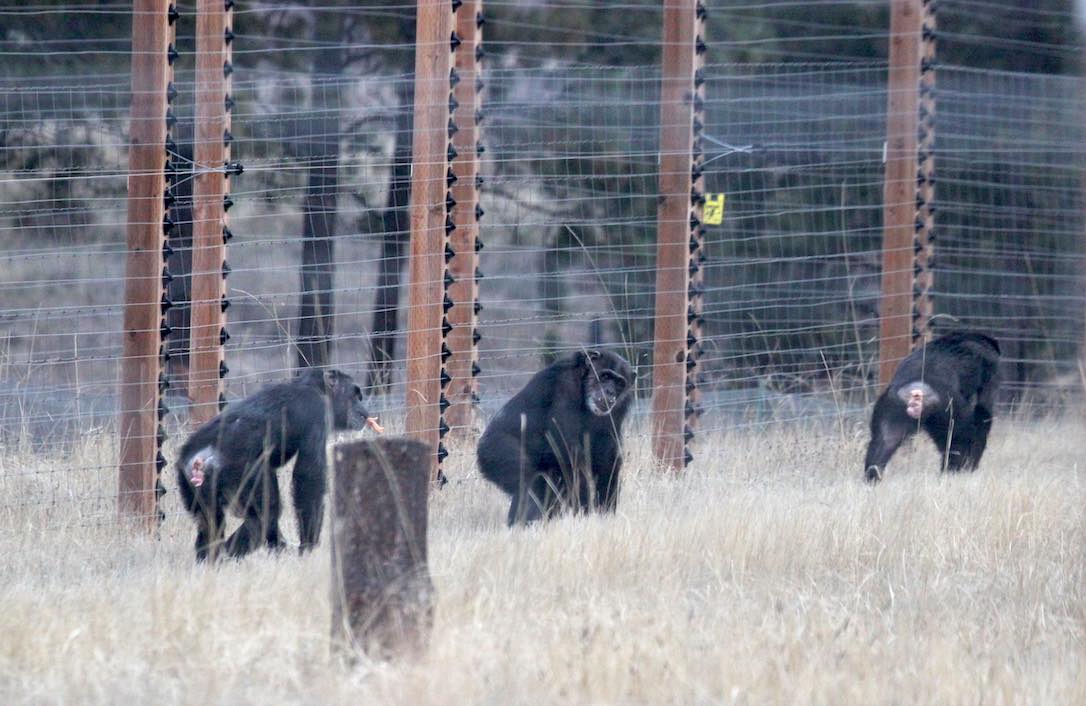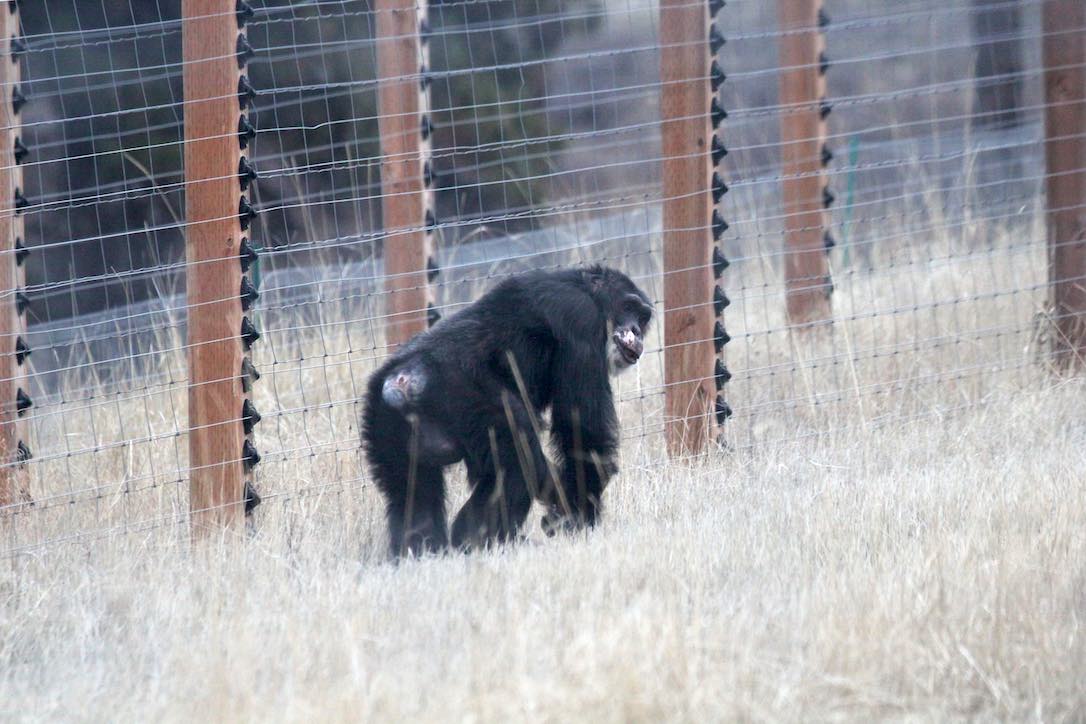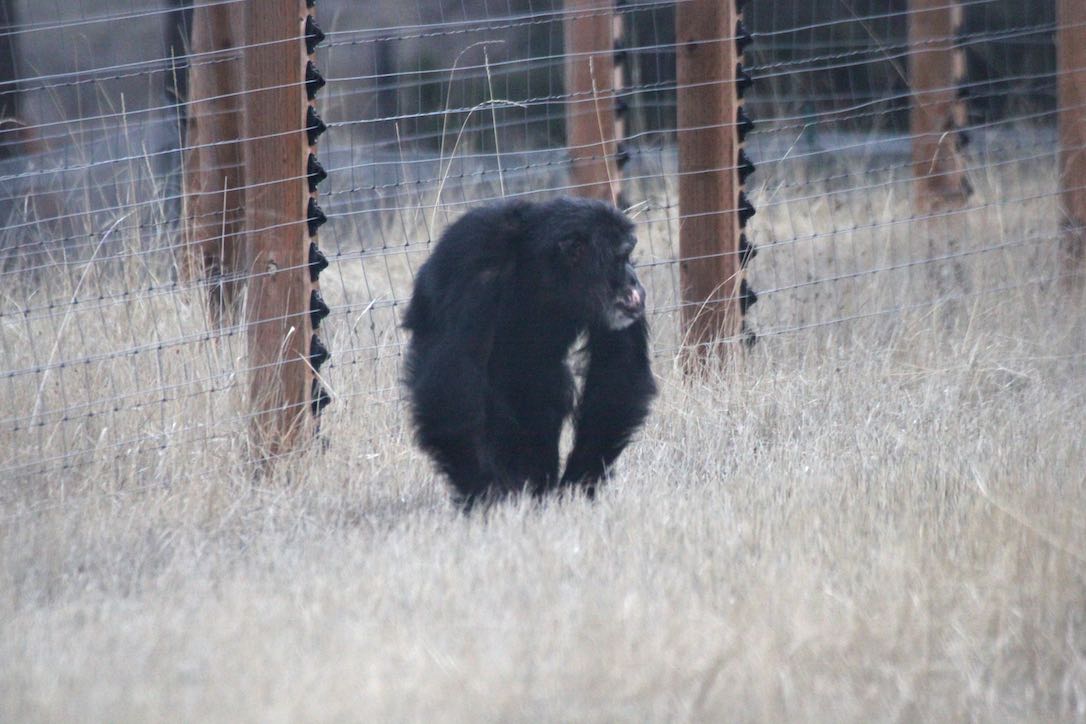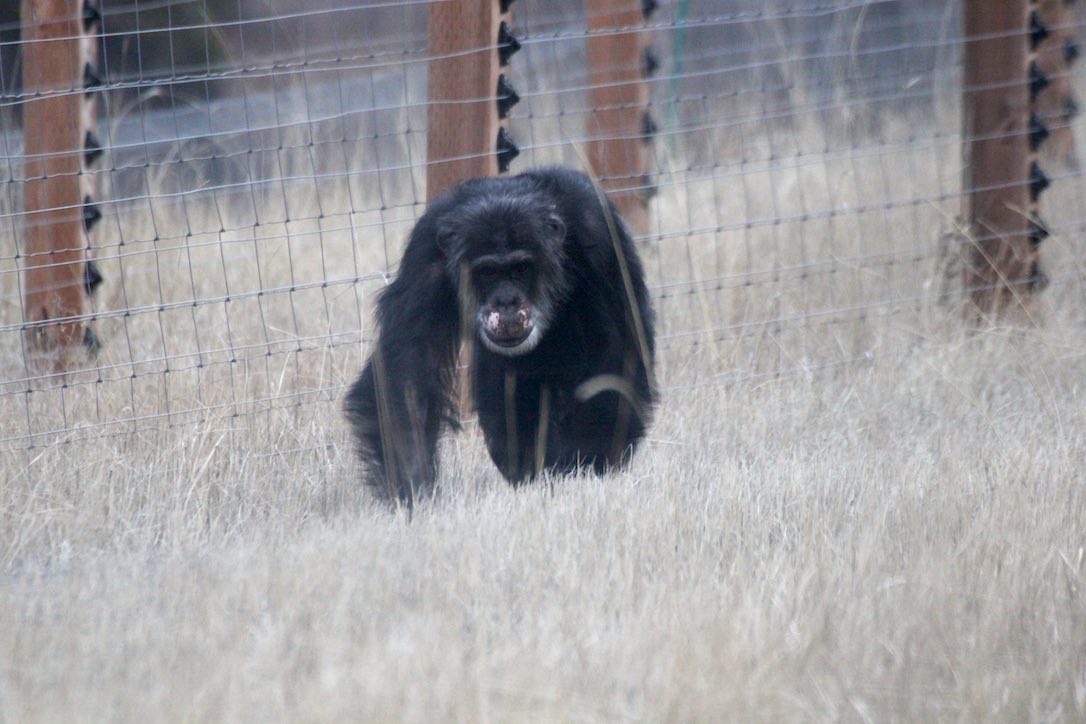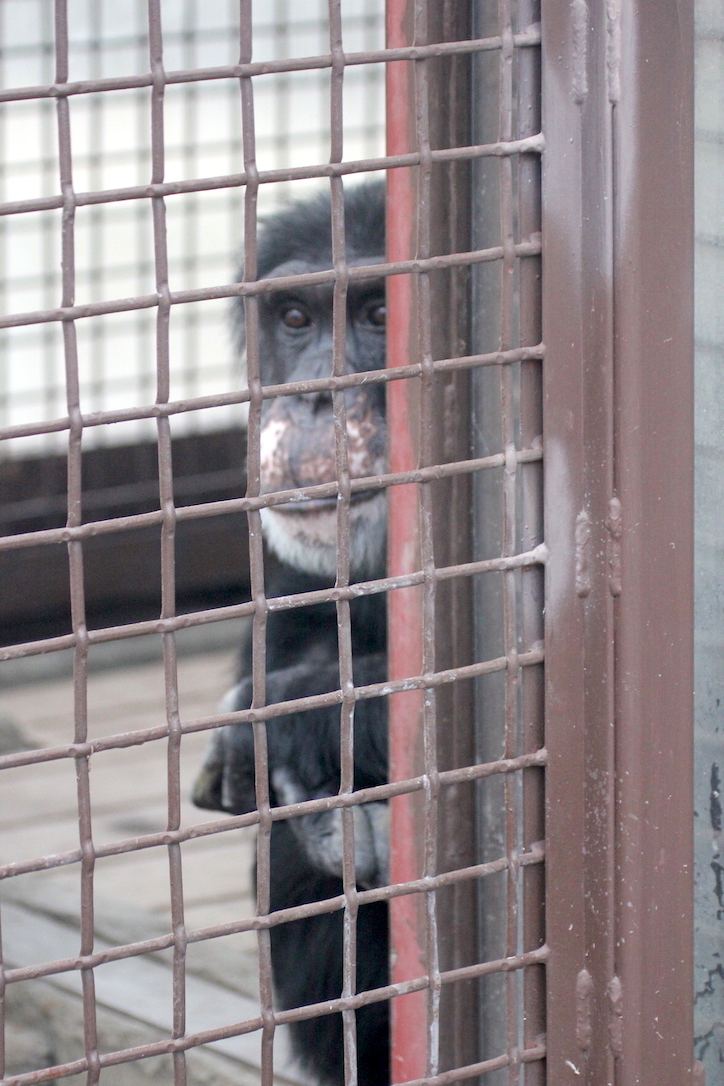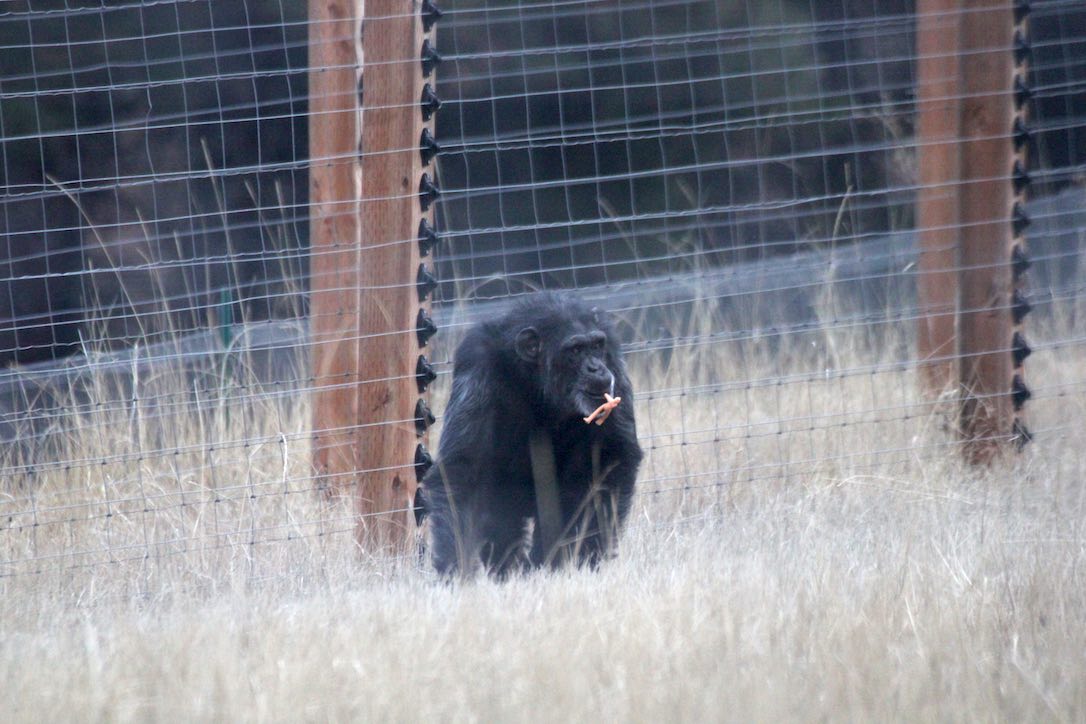We caregivers have been incredibly busy lately, but we make a point to read comments on our social media content and we attempt to respond appropriately whenever possible. Lately, most of our followers, donors and volunteers have been overwhelmingly focused on one topic in particular: social integrations. More specifically, everybody wants to know about our plan for introducing the three new individuals (Honey B., Willy B. and Mave) to our existing social group of seven resident chimpanzees. Diana described the situation eloquently in her recent post, which is a “must-read” for anyone trying to follow the action here at the sanctuary.

As stated previously by the other staff, the incoming trio are about to clear their four-week quarantine period and we are formulating a loose plan to begin the introduction process. All members of our care staff are experienced in chimpanzee care and management, but we have never conducted a merger of two social groups in this unique facility or with these individual chimpanzees. Therefore, it is impossible to write a detailed, step-by-step description of our introduction plan. We are committed to remaining flexible and open-minded from start to finish, and will make whatever changes are needed to ensure the safety and well-being of all chimpanzees throughout the process. As with the outdoor tunnel, The chimpanzees will let us know how they feel about each step and we will adjust our plan to reflect their choices. At this point in time, all we can say is that we have scoured the written literature on chimpanzee social integrations, consulted with experienced personnel from other facilities and organizations, and aggregated our own observations in order to make the best decisions for these individual chimps.
The existing scientific reports of first meetings between unfamiliar chimpanzees have somewhat helped us to set our expectations. Chimpanzee social behavior is by far the most thoroughly studied of all wild primates, and there are substantial bodies of work on their behavior in captivity as well. What we see around the sanctuary is often paralleled by what scientists have seen at other locations and in other populations of chimpanzees. To illustrate this point, let’s consider Burrito’s behavioral changes since the new three entered his world, both audibly and visibly.
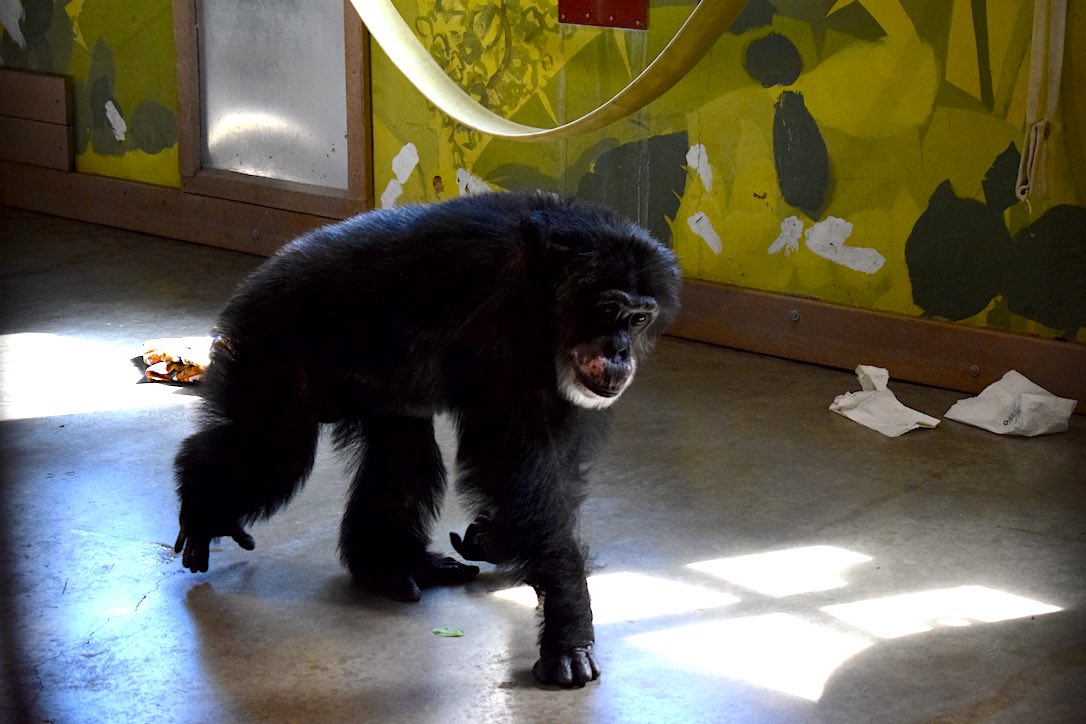
In general, Burrito has been more alert and agitated than usual. He has conducted more forays onto Young’s Hill to monitor the section of fence closest to the new expansion, spends more time gazing towards the neighboring enclosures, and creates more noise by drumming and throwing objects around the Chimp House. He has been uncharacteristically late for some meals and even skipped a couple courses entirely. During these absences, we hear him getting rowdy by the Playroom windows, usually within sight of the three new arrivals who can watch the spectacle from the safety of their outdoor tunnel. Once his displays and hoots reach their inevitable crescendo, he leaps towards the window and stares intently, apparently waiting for a response. When he does show up tardy for meals, he has been swaggering up to the Greenhouse deck and then charging through the females, scattering them and causing a ruckus. This is an edgier version of Bubba than we have seen previously.

This change in Burrito’s behavior is evidence of what some primatologists have called the neighbor effect. In their 1996 study of chimpanzees housed at a large research facility, Dr. Kate Baker and Dr. Filippo Aureli observed captive chimpanzees to determine whether noise from neighboring groups had an observable effect on each individual’s behavior. To summarize their findings, chimpanzees tended to perform more pant-hoots, displays and outright physical aggression when neighboring groups did the same. Aggression outside of social groups was related to aggression within groups. For captive chimpanzees, rowdiness and instability are apparently contagious. Right now, we are witnessing a similar pattern of behavior here at CSNW.

Other aspects of captive chimpanzee behavior have been studied at facilities around the globe. For example, recent studies have investigated how chimpanzee behavior varies in relation to temporary space restrictions, permanent relocations, different enclosure types, and atypical rearing histories. One study even asked whether chimps find music enriching (results: “meh”). Most of these papers were produced from data collected at no more than a few facilities, and many publications are mere case studies of single groups of chimpanzees. Each facility is unique and groups of chimpanzees can vary greatly depending on social structure, cultural variation, and context. Thus, even though there is a good deal of information out there, it requires a good deal of sifting and speculating to apply it to our chimpanzee residents here at the sanctuary.
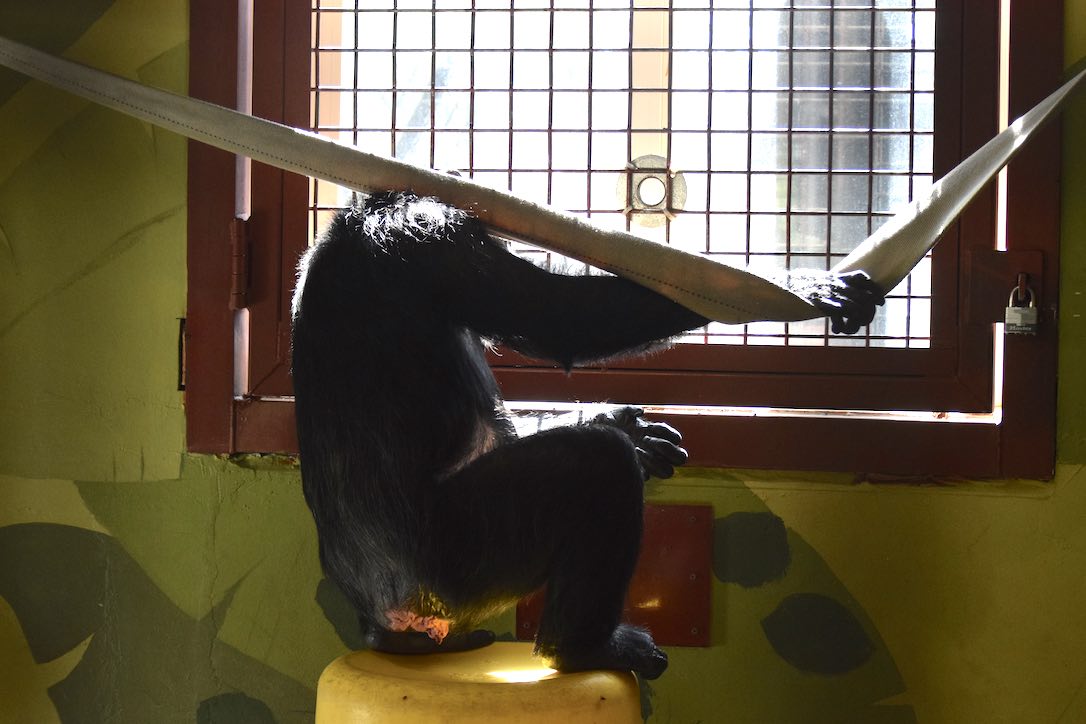
In a couple of situations, we have invited graduate students to conduct noninvasive applied welfare studies at the sanctuary. We are definitely not a research facility and do not profit from scientific investigations, but collecting systematic observations can generate information that can then be used to optimize our care of the chimpanzee residents. Central Washington University (CWU) is located in nearby Ellensburg and contains the nation’s only Graduate Program in Primate Behavior, so a handful of committed CWU students have helped us to answer key questions about the Cle Elum Seven. Most recently, a collaborative team led by Jake Funkhauser published his analysis of the sanctuary’s chimpanzee social network and dominance hierarchy. This report, although only based on a summer’s worth of observations, produced insight that has proved valuable as we prepare to add three new individuals into the mix.
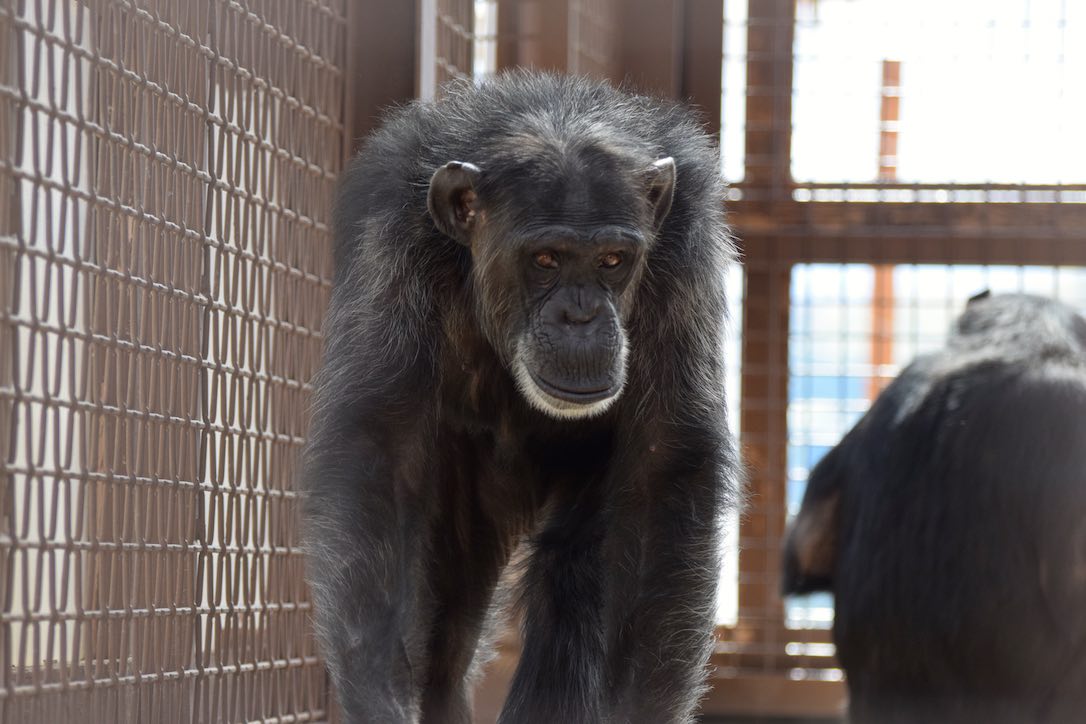
Additionally, we recently hosted Chimp Haven’s Director of Behavior and Research, Amy Fultz, who observed the chimps and inspected the facility. Amy has coordinated countless introductions between unfamiliar chimpanzees and numerous mergers of large social groups, thereby developing an immense body of knowledge and wisdom that she was generous enough to share with our team. Even as she gave us some useful tips and relayed some incredible stories, she also emphasized a few points that we already knew: that each chimpanzee is a unique individual, that each facility offers its own advantages and challenges, and that any introduction between two groups can take a surprising turn at any moment. It’s best to have a plan, of course, but the plan will inevitably change as we acquire new information about the chimps and their preferences.
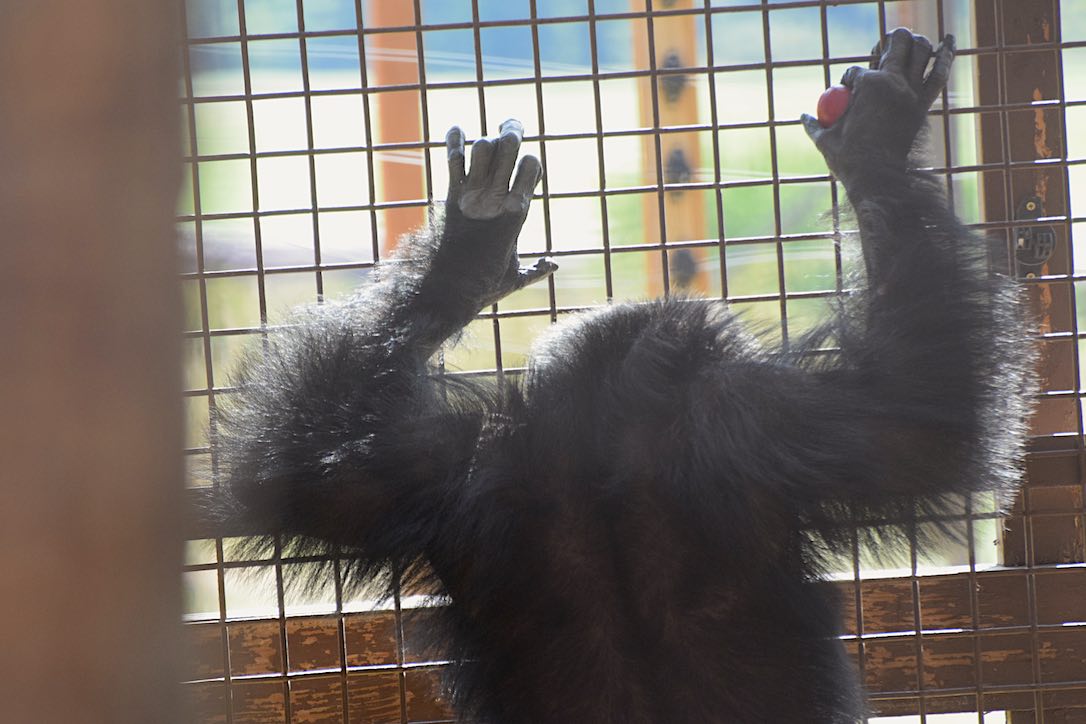
Even with a wealth of available data and input from various sources, we know that this is unfamiliar territory for these ten chimpanzees and is a big step for our team as well. Ultimately, we will put these two groups together in our own way, the CSNW Way, which will be whichever way works best at that moment in time. For now, our staff is continuing to observe how the chimpanzees react to each small change in their environment and we will continue to share those moments with you whenever possible. We certainly appreciate all of your interest and support as we help the new three to acclimate to their new home, new lifestyle, and new neighbors, who will hopefully become their seven new friends. Shortly, we hope to have some updates for you all!
